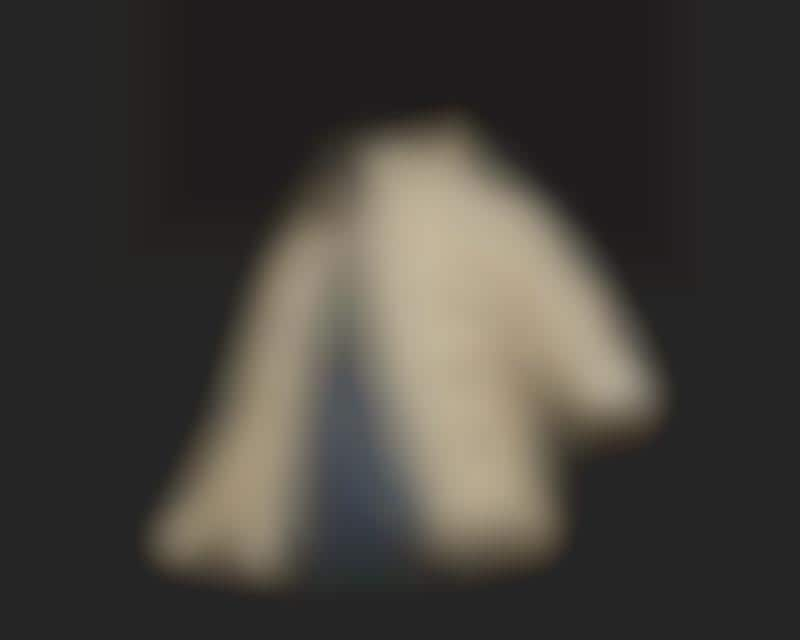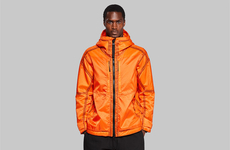
The North Face's Moon Parka is Made with Microbially Produced Protein
Laura McQuarrie — September 6, 2019 — Art & Design
References: spiber.jp & prnewswire
It's been four years since the initial Moon Parka prototype by The North Face was introduced and now, consumers are able to enter a pre-order lottery for their chance to purchase the innovative outerwear design. The outerwear jacket is set for a limited release in December and boasts an incredible design made from structural protein materials developed by Goldwin and Spiber, setting the Moon Parka apart as "the world's first outerwear jacket to utilize microbially produced protein materials."
Back in 2015, the project began with the aim of replicating spider silk, which has a property called "supercontraction" that causes a spider web to contract when exposed to water. After much research that involved spinning, weaving and processing the innovative material, The North Face settled on a textile material that is capable of maintaining its dimensions even when wet.
Back in 2015, the project began with the aim of replicating spider silk, which has a property called "supercontraction" that causes a spider web to contract when exposed to water. After much research that involved spinning, weaving and processing the innovative material, The North Face settled on a textile material that is capable of maintaining its dimensions even when wet.
Trend Themes
1. Microbially Produced Protein Materials - The development of microbially produced protein materials opens up opportunities for creating innovative products in various industries.
2. Replication of Spider Silk - The replication of spider silk's unique properties presents disruptive innovation opportunities in the field of textile and fashion.
3. Structural Protein Outerwear - The use of structural protein materials in outerwear design has the potential to revolutionize the fashion and outdoor apparel industries.
Industry Implications
1. Textile Industry - The adoption of microbially produced protein materials could disrupt the textile industry by introducing new performance fabrics and materials.
2. Fashion Industry - The replication of spider silk and its unique properties can lead to disruptive innovations in the fashion industry, including high-performance garments and sustainable fashion options.
3. Outdoor Apparel Industry - The use of structural protein materials in outerwear design presents disruptive opportunities for the outdoor apparel industry, allowing for the creation of durable, lightweight, and high-performance garments.
5.1
Score
Popularity
Activity
Freshness























